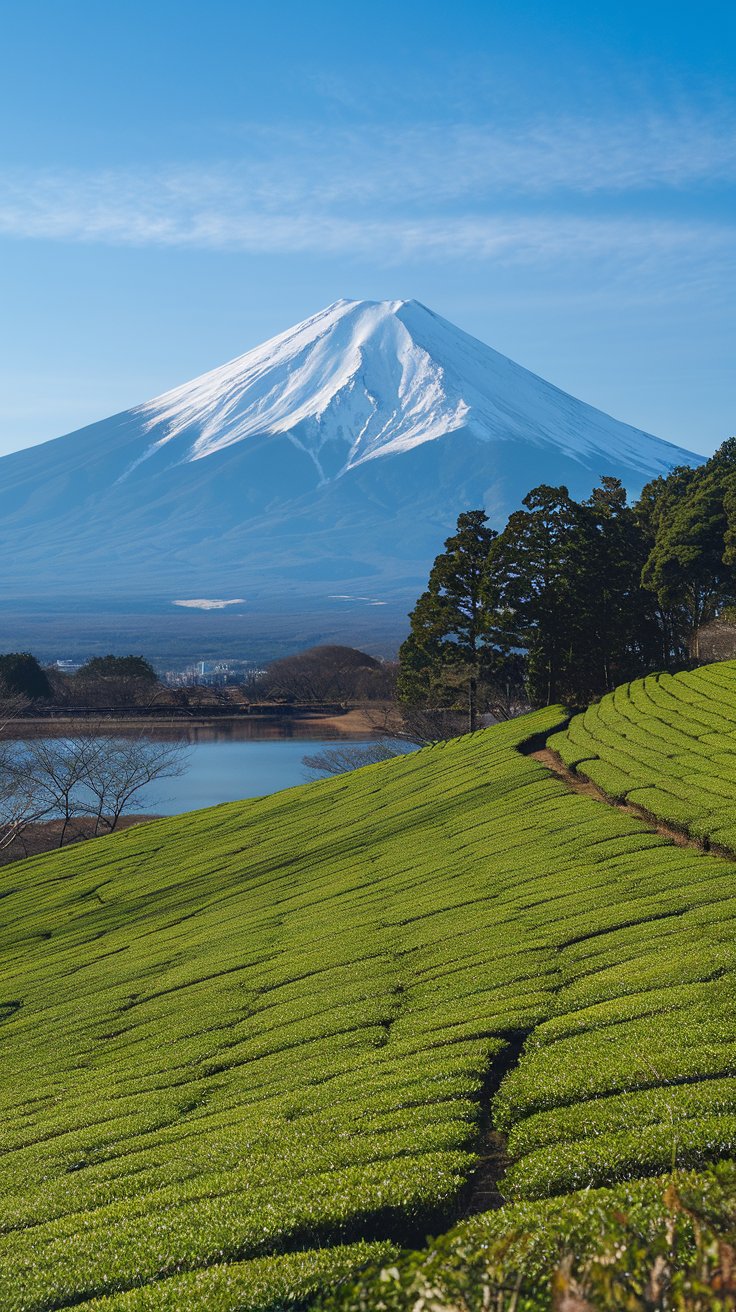In Japan, the four seasons aren’t just a poetic concept—they shape everything from your travel experience to the food on your plate. One month, you’re sweating through Tokyo’s concrete jungle, and the next, you’re watching snowflakes settle on ancient temple roofs.
Japan’s seasons don’t hold back—they completely transform the atmosphere, crowds, costs, and even your itinerary. So before you book that flight, here’s the real deal on when to visit to get the most out of your trip.
Best Time for Sightseeing
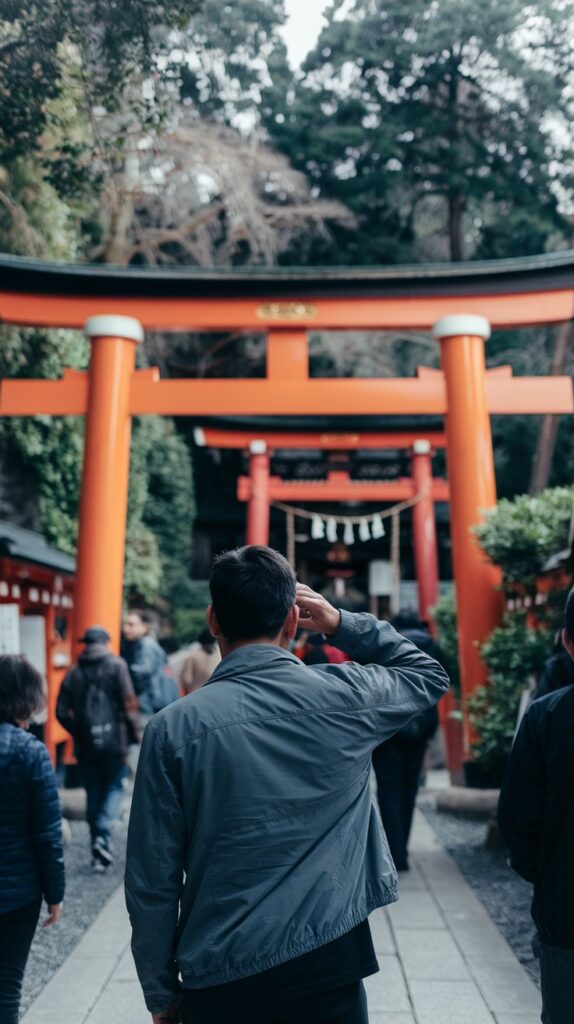
(November & March – Avoid the Extremes & the Crowds)
For picture-perfect sightseeing without feeling like you’re melting (or freezing), late autumn (November) and early spring (March, before cherry blossom madness) are your golden months.
🍁 Why November?
- Koyo (autumn leaves) season turns gardens, mountains, and city parks into stunning displays of fiery reds, oranges, and golds.
- Crisp, cool temperatures (55-65°F) make walking through temples and shrines enjoyable instead of exhausting.
🌸 Why March?
- Clear skies and mild weather—ideal for photography and outdoor exploring.
- No massive crowds yet (cherry blossom season hasn’t peaked).
🚀 Pro Tip: These months mean shorter wait times at major attractions. Want that empty, Instagram-worthy shot at Fushimi Inari Shrine in Kyoto? This is your best chance. And if you’re dreaming of Mt. Fuji views, November and March give you the clearest skies—unlike summer, when Fuji loves hiding behind clouds.
Best Time for Perfect Weather
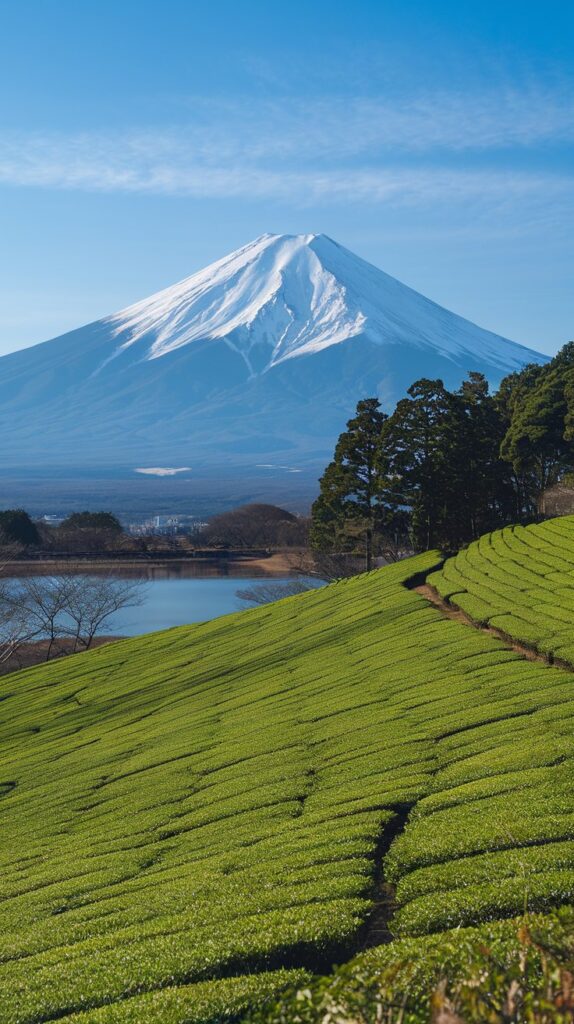
(May & October – The “Goldilocks” Months)
If you’re all about comfortable weather, then late spring (May) and mid-autumn (October) are your best bets.
🌿 May:
- 70-75°F – warm but not sweaty.
- Lush greenery & blooming wisteria make parks and gardens spectacular.
- Less rain compared to June’s rainy season.
🍂 October:
- 65-70°F with low humidity – perfect for walking, hiking, and sightseeing.
- Autumn colors start showing up in late October, making for breathtaking landscapes.
🚀 Pro Tip: Avoid June-July unless you enjoy being soaked in rain or drenched in sweat from unbearable humidity.
Best Time for Budget Travelers
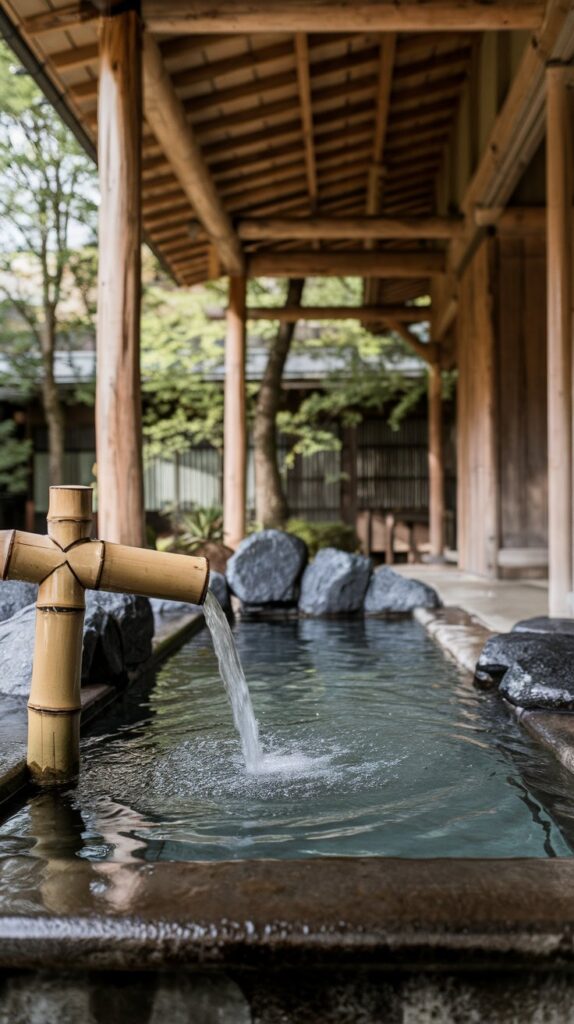
(Late January – February: Low Prices, No Crowds)
If your wallet needs a break, late January through February is Japan’s travel “off-season”, meaning cheaper flights, discounted hotels, and fewer tourists.
💸 Why Winter is Your Budget-Friendly Best Friend:
- Airfare can be hundreds of dollars cheaper compared to peak seasons.
- Hotels throw in free perks like breakfast and onsen access to lure guests.
- Attractions are blissfully uncrowded—no tour groups photobombing your shots!
❄️ But Here’s the Catch:
- Cold weather (30-45°F) means packing layers.
- Shorter daylight hours (sunsets at 5 PM) limit sightseeing time.
🚀 Pro Tip: Avoid Chinese New Year (late January/early February), when prices spike due to regional tourism.
Best Time for Cherry Blossoms
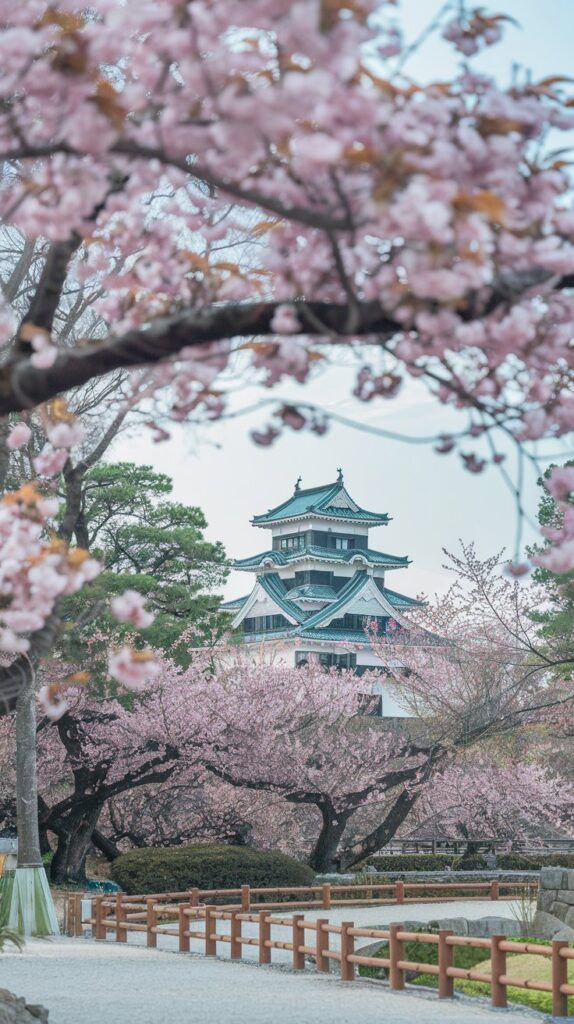
(Late March – Early April: Sakura Season Madness)
Japan’s cherry blossom season is world-famous for a reason—it’s jaw-droppingly beautiful.
🌸 When & Where to See Cherry Blossoms:
- Tokyo/Kyoto: March 25 – April 5
- Osaka: March 27 – April 6
- Hokkaido: Late April – Early May
🚀 Pro Tips to Avoid the Chaos:
- Book hotels MONTHS in advance—prices skyrocket.
- Go early in the morning to avoid crowds in parks.
- If you miss sakura, wisteria in late April & azaleas in May are just as stunning.
Best Time for Food Lovers
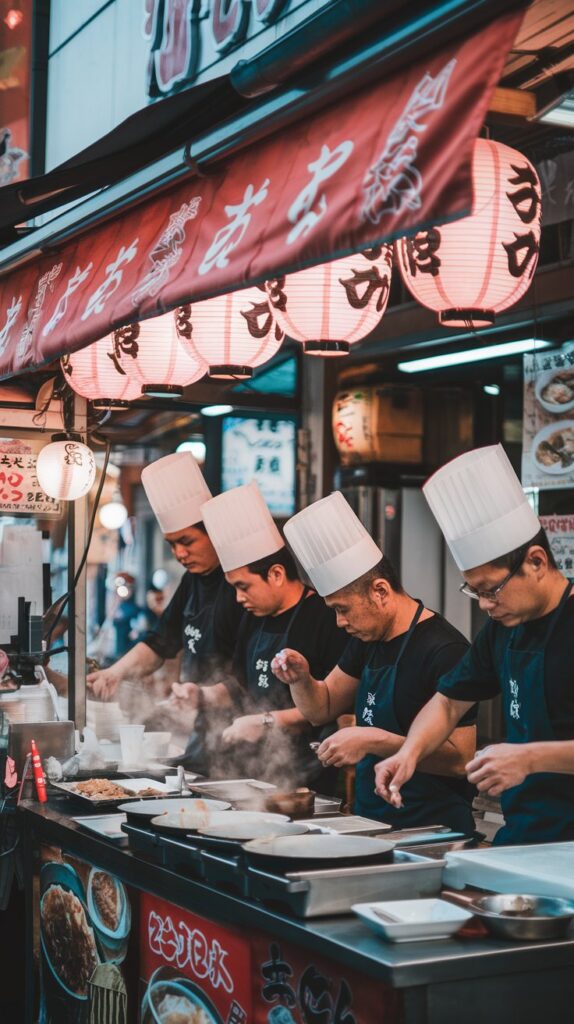
(September – November: Japan’s Culinary Peak)
Japan is a foodie’s paradise all year, but autumn (September to November) is next-level delicious.
🍣 Why Autumn?
- Matsutake mushrooms (more expensive than truffles).
- Perfectly grilled Pacific saury (sanma)—so fresh, it needs nothing but salt.
- New-harvest rice that ruins regular rice forever.
- Chestnuts, persimmons, and sweet potatoes everywhere.
🍣 Other Seasons Have Their Own Culinary Perks Too:
- Winter (Dec-Feb): Peak crab season & buttery fatty tuna.
- Spring (March-May): Cherry blossom-flavored everything.
- Summer (June-Aug): Unagi (grilled eel) to boost your energy.
Worst Time to Visit Japan
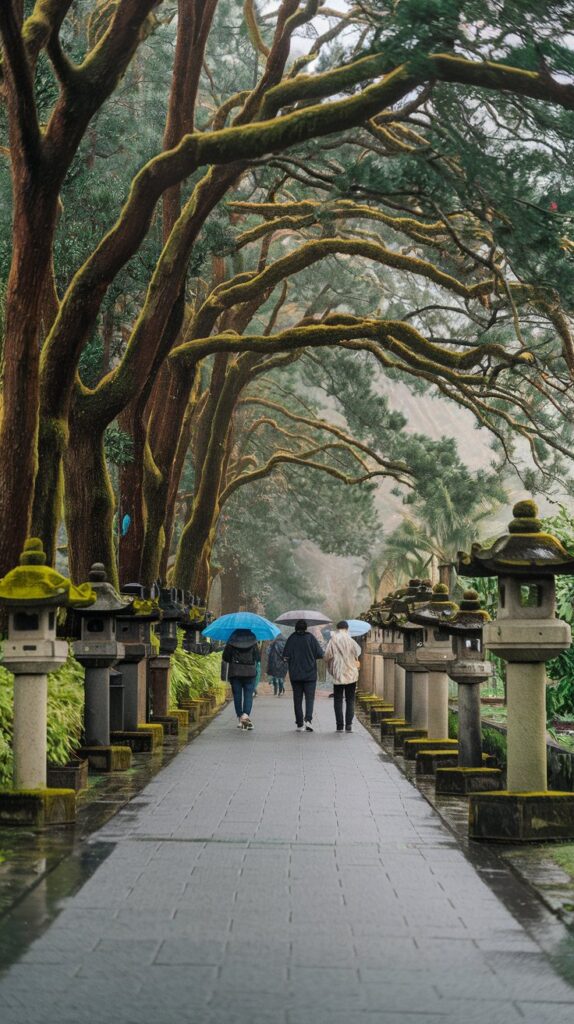
(July – August: The “Why Am I Constantly Sweating?” Season)
Japan is incredible year-round, but late July through August? Not so much.
🥵 Why Summer is Rough:
- 90°F+ temperatures with extreme humidity (Tokyo and Osaka feel like saunas).
- Typhoon season starts (peaking in September), which can disrupt travel plans.
- Obon holiday (mid-August) means expensive flights & packed tourist spots.
🚀 If You HAVE to Visit in Summer:
- Escape to Hokkaido, where it stays cool.
- Head to the mountains (Takayama, Kamikochi) for fresh air.
- Dive into summer festivals (Gion Matsuri, Obon fireworks).
Final Thoughts: When Should YOU Visit Japan?
- 📸 Best for Sightseeing: November & March (cool weather, fewer crowds).
- 🌞 Best for Weather: May & October (mild temps, perfect for hiking).
- 💸 Best for Budget Travelers: January – February (low prices, no crowds).
- 🌸 Best for Cherry Blossoms: Late March – Early April (but book in advance!).
- 🍣 Best for Food Lovers: Autumn (Sept-Nov) (Japan’s seasonal flavors peak).
- 🚫 Worst Time: July – August (sweltering heat, typhoons, high prices).
Japan never truly has a bad time to visit, but timing your trip right can make a huge difference in your experience. Whether you’re chasing cherry blossoms, budget deals, or the best food Japan has to offer, knowing when to go ensures your trip is nothing short of unforgettable.

